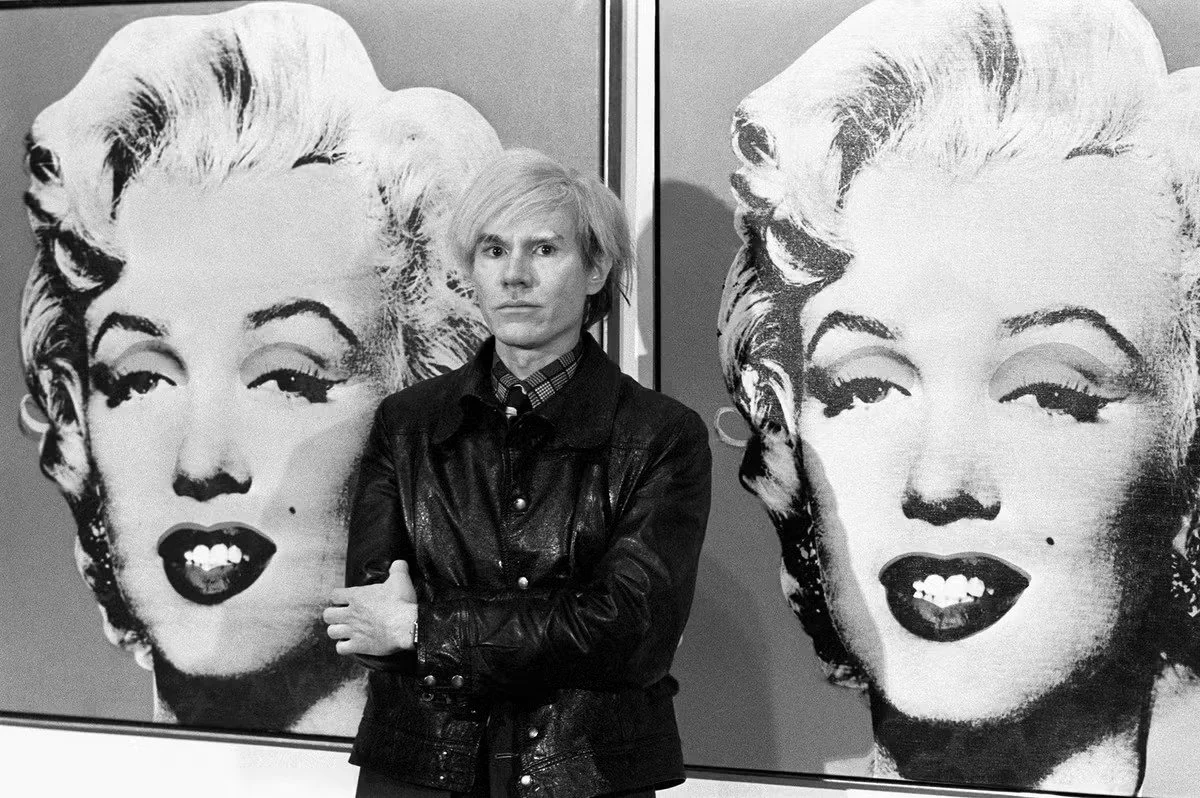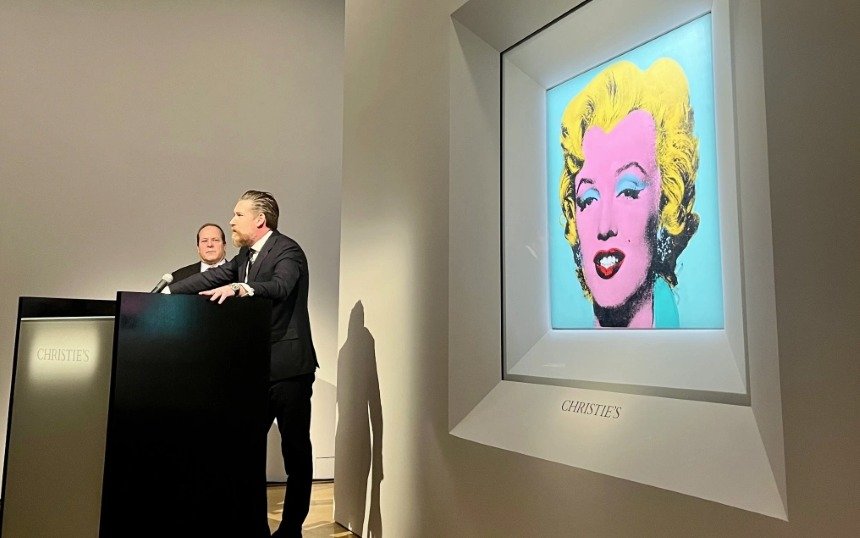ANDY WARHOL AND MARILYN MONROE: ICONS OF POP ART
Since the tragic death of Marilyn Monroe at the age of 36 marked the end of her life, Andy Warhol found in her the perfect muse for his artistic vision of popular culture and mass consumption. The art world would never be the same after Warhol made Monroe a central figure in his work, turning her into a symbol of pop art that would go far beyond the limits of the canvas.
The image Warhol chose for his silkscreens was based on a famous photograph of Monroe taken by Gene Korman for the movie Niagara (1953). Using the silkscreen technique, Warhol produced a series of 10 color variations of the actress's image, starting in 1967 with the creation of the Marilyn Series. This series was the first work in his collaboration with Factory Additions, a company founded by Warhol in 1967. Over the years, Warhol perfected his technique and created several additional editions, all based on the same image of Monroe, but with variations in color and style.
The original series, created in 1967, had a total of 250 copies, some of which were signed by the artist himself, while others only carried his initials. The silkscreens, measuring 91 x 91 cm, not only captured Monroe's essence as a public figure but also addressed themes such as consumption and death. In 1970, Warhol created a second series, Sunday B. Morning, and in 1985 a third series known as the European Artist's Proof Edition, which continued to immortalize the actress.
2022 marked a milestone in the art world when Andy Warhol's Shot Sage Blue Marilyn sold for 195 million dollars at a Christie's auction in New York, becoming the most expensive artwork of the 20th century. This silkscreen, one of four pieces from the The Shot Marilyn series, is one of the most iconic and groundbreaking images of Warhol, with the image of Monroe being one of the most repeated, yet stripped of her humanity. Monroe’s face, painted in bright hues with her famous enigmatic smile, represents a critique of fame, youth, and the inevitability of death. The auction not only broke price records but also underscored Monroe's status as a cultural symbol of the consumerism era.
This piece is part of a set of silkscreens produced in Warhol's studio in Manhattan, where a curious incident supposedly gave rise to the name of the series: a woman shot one of the canvases, which, rather than damaging the work, was considered an integral part of the creation process.
Marilyn Monroe was more than an actress; she became an emblem of American pop culture, a consumable product that, thanks to Warhol, transitioned from a figure on the silver screen to one in daily life. Through his silkscreens, Warhol turned Monroe into part of the visual landscape of mass society, creating a work that not only represented the actress but also stripped her of her humanity, turning her into a consumer product, following the same principle he applied to the famous Campbell's soup can.
Warhol, like the image of Monroe, became a figure of pop culture, embodying the famous phrase: "In the future, everyone will be famous for 15 minutes." Warhol's work, with its repetition, silkscreen technique, and printmaking, spoke directly to the ephemeral and trivial nature of fame in a society where image was marketed more than essence.
The price achieved by Shot Sage Blue Marilyn highlights Warhol’s uniqueness within the art market. It is not only a work that captured the essence of a cultural moment but also an emblem of how pop culture transforms into an object of cult status within contemporary art. The sale, which became one of the highest records in art history, emphasizes both Warhol's vision and the idea that, in a world of mass consumption, even the most famous faces can be reproduced and redesigned to hold value beyond their existence.
Andy Warhol’s portrait of Marilyn Monroe has not only left a mark on the history of modern art but has become an eternal symbol of pop culture and consumer art. With each repetition and each color variation, Warhol built not just a representation of a woman who symbolized fleeting fame, but also a profound commentary on the culture that idolizes the image. Through this work, Monroe's death was transformed into an art object, and the Marilyns series became one of the most important and sought-after in contemporary art history, confirming that pop culture and fame will always be a central theme for art.
With the sale of Shot Sage Blue Marilyn, Warhol not only cemented his place as one of the most renowned artists of the 20th century but also reminded us that art doesn’t always have to be elitist or intellectual to make a lasting impact. In this case, Warhol's art is simply a reflection of life itself—of fame, consumption, and the eternal fascination with image.



